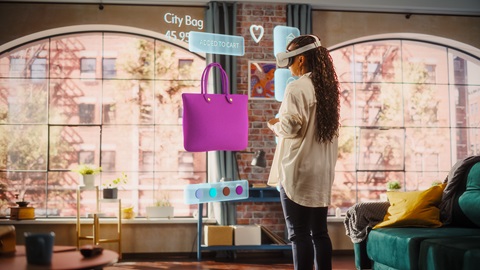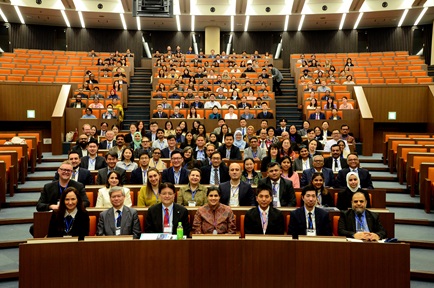CNA Explains: OEMs or original equipment manufacturers – what are the pros and cons?
It's not uncommon for a company to buy a component or an entire finished product from OEMs.
SINGAPORE: Singapore's consumer watchdog called out water and air purifier brand Sterra last month for misleading marketing claims, including about how some of its devices were produced in Singapore or Korea when they actually originated from China.
This also sparked online discussions about products from original equipment manufacturers (OEM) being sold on e-commerce sites under different brand names.
What are OEMs and where can we find them?
It's a supplier company that produces parts, components or entire products that are bought and used by another company.
Think a tyre manufactured by Bridgestone or Michelin, becoming part of a Toyota car.
In the case of the Apple iPhone, the whole product is assembled by OEMs, from multiple electronics manufacturers and suppliers such as Foxconn and Pegatron, said the Singapore Management University's professor emeritus Arnoud De Meyer.
He said having an OEM was "very common practice" for companies - and thus unavoidable for consumers.
"Companies cannot be good at everything, and prefer to use components or assemblies produced by others who have different capabilities," said the professor, who researches manufacturing strategy.
OEMs are even more common in industries dealing with complex products, such as aviation.
Boeing and Airbus planes, for example, have engines from General Electric, Rolls Royce or Pratt & Whitney; while their seats and lavatories could come from aircraft parts specialist Jamco Corporation.
Many local Singaporean retail brands - especially those in electronics, appliance, and fashion - also use OEMs, said Nanyang Technological University assistant professor Vivek Choudhary.
What are the benefits?
An immediate plus point is consumers getting their products sooner, said Asst Prof Choudhary, whose expertise is in supply chain management.
"Since many products are off the shelf, it reduces lead time to bring a new product to the market faster."
He added that the company also has the advantage of being able to check the OEM's reliability from existing customer responses.
"It is a trade-off between making products available faster or cheaper, versus unique," he said.
Such an arrangement also lets a company focus on other aspects like branding, marketing, design, sub-assembly or sales, experts said.
"It is all about focus and specialisation," said Prof De Meyer. "This may lead to better products produced at higher volumes and thus at lower cost because of the economies of scale."
How about the pitfalls?
Using an OEM could mean a lack of oversight over the production process, the experts noted.
Prof De Meyer pointed to the example of problematic engines produced by aerospace manufacturer Pratt & Whitney, as reported last year. This affected many airlines using Airbus A320 aircrafts.
He added that Airbus and Boeing no longer seem to have full control over the quality standards of their plane engines, due to their business model.
On the business end, Asst Prof Choudhary noted that companies buying and branding the same product would face more competition in the market.
A company might also find it difficult to obtain an OEM product at a desired time, if the OEM prioritises a larger order placed by another firm, he added.
What's the point if the company doesn't make the product?
Consumers are paying the company for its brand value, reputation, design, warranty terms and after-sales services, experts said.
Asst Prof Choudhary said that in case of quality issues, companies can act as an intermediary between the customers and the OEM, and arrange for a one-to-one replacement or for repair work.
"Companies need to invest in infrastructure for repair locally and provide support to customers and coordinate with the OEM on their behalf. They also need to keep inventory," he added.
As for companies branding themselves as "local" despite selling items made overseas, Asst Prof Choudhary noted it was largely a marketing tactic to "support local".
"Many companies take advantage of this sentiment, particularly, if the brand perception of (manufacturing) in a particular country is higher than the country in which (an) OEM is located."
A consumer's purchase decision is almost always a mix of rationality and emotions, said Prof De Meyer.
"I observe that often consumers have a higher level of trust in a homegrown or locally designed product," he pointed out. "Or they believe that they are more aligned with their own cultural preferences."
Vivek Choudhary is the Assistant Professor at NBS in the Division of Information Technology & Operations Management, Nanyang Technological University.
Source: Channel News Asia Online







